Not all business practices are best practices. Recognizing common mistakes you may be making in your business can certainly be helpful when putting together your professional resolutions for the new year.
Just like any other business, there are several not-so-best practices a spa dealer should avoid. A few may seem like no-brainers, while others are just ones you may not have had the resources to prioritize. Given the season, it’s the perfect time to reset priorities so that your hot tub business is boosting rather than hindering performance.
Sh*t happens, and it’s not always cleaned up
With all the stats out there on bathrooms and retailing, I could have dedicated a whole article to this point.
Oh the horror.
But seriously, this is where it’s critical for a retailer to think from the customer’s point of view.
A bathroom is the one retail area customers most closely compare to their home environment. The experience can significantly influence overall perception of your brand. You know how quickly images representing the slightest lack of taste or care spread across the internet today.
The bottom line (pardon the pun): Making the bathroom a clean and inviting space tells your customers you value quality and execution as much as they do. And if that’s not enough, just think of the money you can save by being proactive about preventing workplace absenteeism.
You’re not using free business locator listings
The internet has changed customer behavior and how consumers go about making large-ticket product purchase decisions. Hence, the latest buzzword in retailing, “web-to-store.” Web-to-store is a digital marketing tactic that leverages web activity to generate in-store traffic.
As more internet searches performed are looking for location information, web-to-store has increased in importance. According to Google, nearly one-third of searches on mobile devices involve location. And other research has found that nearly 80% of local searches on mobile devices turned into purchases, with nearly 90% of those purchases being in a physical store.
The bottom line: If you haven’t already registered with Google My Business, do that immediately after reading through the rest of this article!
You don’t have online reviews
BrightLocal’s 2014 Local Consumer Review Survey showed that 88% of consumers trust online reviews as much as personal recommendations. Online reviews impact SEO, generating both site and store traffic. Consider online reviews a means of free advertising. Even a negative review can prove positive for your brand perception when addressed and handled properly.
Setting up an online review process can be as simple as providing a link to your Google business listing (see above) in all of your email correspondence. The key is to make it simple for the customer. A few basic tips include:
- Ask customers for reviews and provide instructions
- Influence don’t incentivize
- Reply to reviews to build relationships and establish trust
- Link from website, blog, and social media accounts
- Verify your business to maximize benefits or reviews and online listing
The bottom line: Ask for reviews from your best customers and you’ll reap the rewards of great word of mouth, SEO, and a trustworthy reputation.
You focus on product, not market
Sure, you need to know the ins and outs of what you’re selling. But an even greater predictor of business performance is attention to the local market and your customers’ buying habits. A hot tub retailer should know and understand what’s going on around the store at the local level.
When you’re product-focused, you’re great at convincing customers you’re the right choice when making their decision to buy. But when you’re market-focused, you’re great at convincing customers you’re the only choice when their need for a spa arises.
Do you take the same route to work every day? If so, you’re missing out on observing what other retailers are doing, what the competition is doing, and new opportunities that may be available (think tent sales, business partnerships, and local events for sponsorship, promotion, and participation opportunities).
The bottom line: Your business is far more unique than your product. Build the best business for your local market, with the best product, and it will be hard for anyone to compete.
You don’t keep a cash reserve
The SBA refers to cash flow as the lifeblood of a business and makes the point that a cash-strapped company can easily be pushed to the brink. Given the nature of spa retailing, there can be times when money gets tight and new loans are hard to come by. Especially at the beginning, when unexpected expenses arise, or when new opportunities spring up.
To determine how much cash to keep on hand, first total your average monthly variable expenses (making sure to account for seasonality). Then identify the right number of months to cover.
The bottom line: Most experts recommend having enough cash in reserve to run your business for three to six months, depending on market volatility and business life stage.
You compete on price
Competing on price alone is bound to be a losing strategy. Retail futurist Doug Stephens states, “Nothing can kill a brand faster than ill-conceived discounting. It’s problematic on a number of fronts. You either train your loyal customers to cherry-pick products on sale or, worse, lead them to believe that you’re not competitively priced day-to-day, leaving the door open to competitors.”
To build a sustainable competitive advantage, spa dealers should focus on providing value rather than discounting products. When you convince customers what you have to offer in terms of knowledge, experience, service, and satisfaction, you build your reputation as the best place to buy. And customers expect to pay a premium for the best. You may even be able to raise prices while increasing demand.
The bottom line: Building value in your business instead of your prices is the way to long-term success.
You let leads go unqualified
This brings us back to one of our favorite stats to point out: 81% of all sales happen on or after the fifth contact. That’s because 8-10 leads in most industries, particularly high-ticket items, are not sales-ready. So what happens when there’s not enough follow-through? That’s right, those leads eventually buy from someone else.
Drip email nurturing has been shown to increase open rates by about 80% when compared to single sends. And average click-through rates are three times higher. Drip campaigns send out automated emails that provide the right information at the right time. Here are different content ideas that can be used to nurture leads along the buyer’s journey:
- Benefits and features overview
- Customer testimonials
- Product-based press
- Product how-tos
- Industry trends
- Competitor comparison
- Promotions and special offers
The bottom line: It’s up to you to nurture leads until they become paying customers or until they tell you they aren’t buying (perhaps twice).
You go with your gut
Reacting in retail is not an effective strategy, particularly if you want your spa business to be around for the long term. Business and marketing plans are integral to steering your actions in a profitable direction.
This doesn’t mean your plans can’t be flexible and does not preclude a degree of intuition in business decisions.
Does your dealership have a dedicated service department with a plan for becoming a profit center? Do you manage a systemized delivery process? Do you offer regular systemized training for your sales team? The answer should be yes to all of the above. But even more importantly, these should all factor into your planning process.
The bottom line: A great plan executed fairly beats no plan every time, no matter how good your gut instincts may be.
Sometimes what-not-to-dos can go just as far as best practice tips. Stop doing these things today. Let us know how it goes in the comments below. And cheers to your continued success!


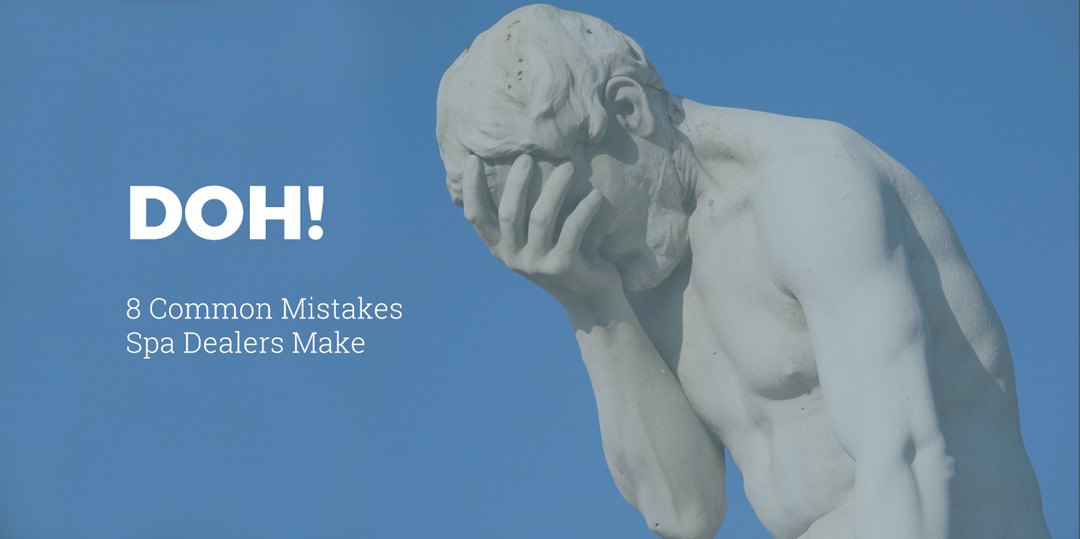

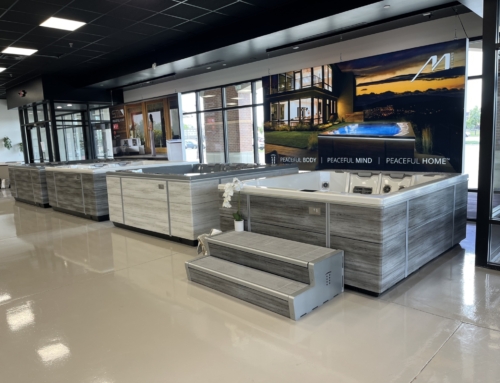
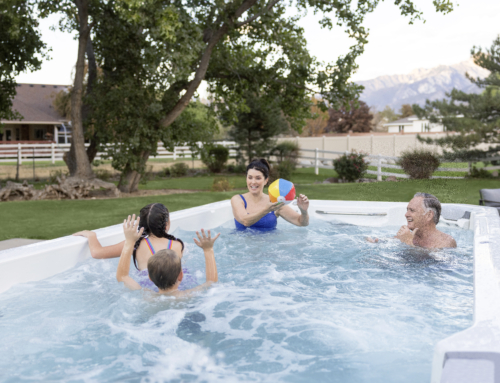
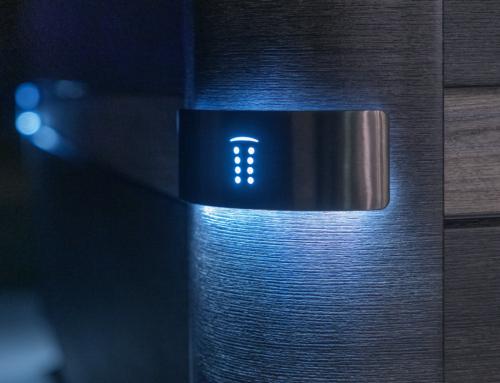
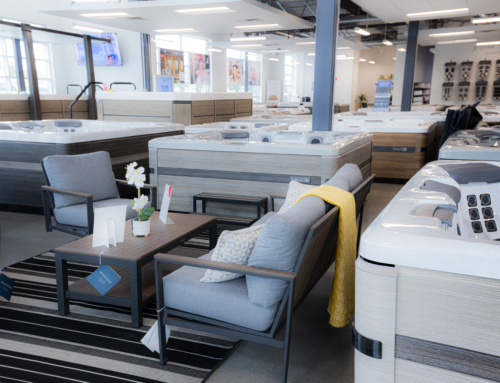
Leave A Comment